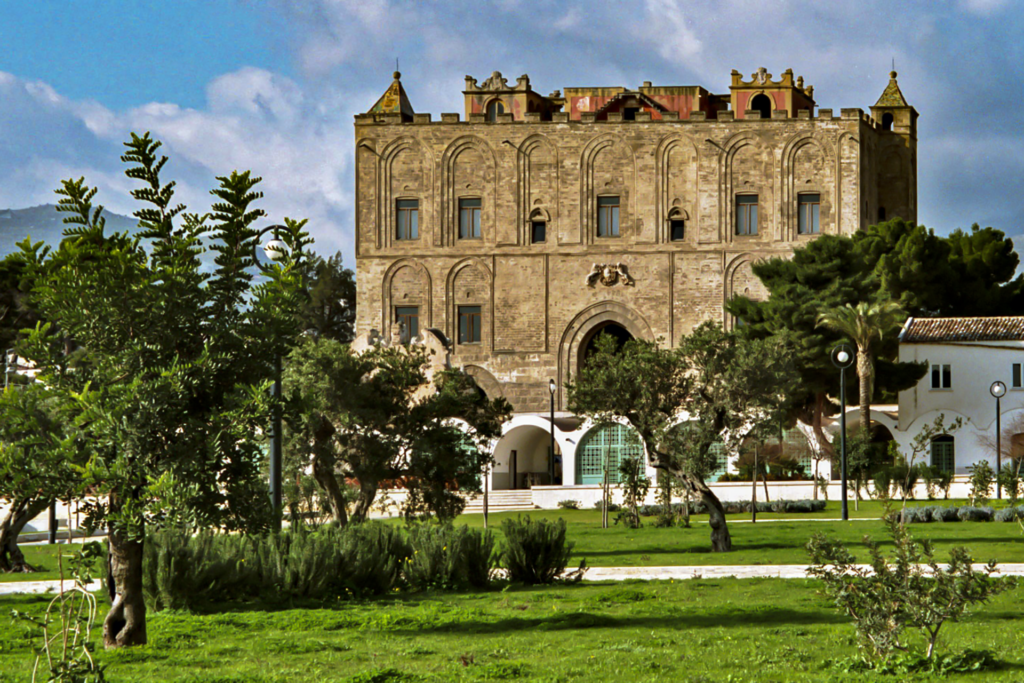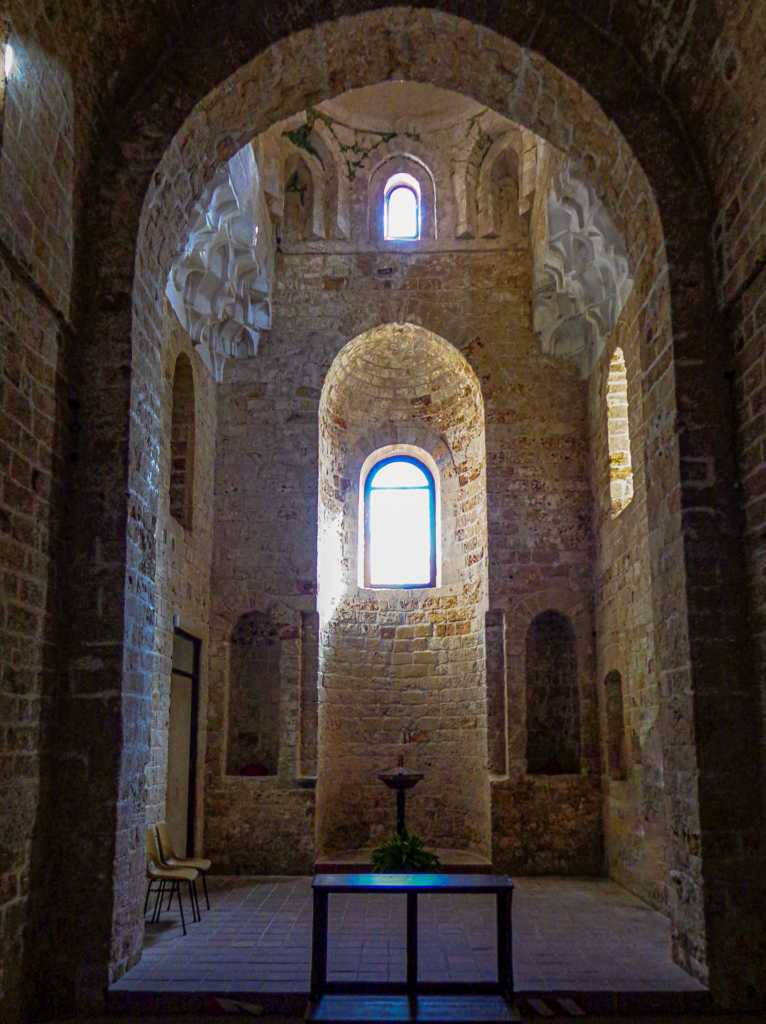The Zisa palace, from the Arabic al-Azīz, which means the glorious or the splendid, is the most representative of the entire Genoard park. It was built, probably on Islamic pre-existing structures, at the behest of
William I
, known as the Bad, in 1165, a few years after his death. According to tradition, it was later completed by his son and successor
William II
, known as the Good.
“Beautiful gardens, pleasant greenery, various water channels and fishponds” is the oldest description of the garden of the Zisa, contained in the chronicle of
Romualdo Salernitano
, who described how the palace was surrounded by a park of gardens and orchards which was also characterised by the presence of avenues, pavilions, water channels and basins.
Cedars, lemons and other fruit trees still inebriated visitors in the modern age, so much so that, in 1550,
Leandro Alberti
wrote that he had seen a “a spacious garden of lemons, cedars, oranges, and other similar fruitful trees”. Considered a true Paradise on Earth, the Zisa garden, separated from the rest of the
Genoard
by a marshy area, was a locus amoenus rich in flowers, vegetable gardens, fruit trees such as oranges, lumias, lemons, apricots, figs and vines, and also populated by exotic animals. The cultivation and production of reeds, which were used in gardens as a support for vegetables and vines, was also common.
 Of the various water and irrigation systems, the remains of the fishpond on the elevation and the inner fountain room are still visible, with a network of clay pressure pipes, known as
catusi
Of the various water and irrigation systems, the remains of the fishpond on the elevation and the inner fountain room are still visible, with a network of clay pressure pipes, known as
catusi
, and other Persian-derived waterways. In the 1990s, a
new urban park
was created in front of the palace, in memory of the old garden, which now houses Mediterranean botanical species and modern ponds that recall the magnificence of the old ones.
 The
Chapel of the Holy Trinity
The
Chapel of the Holy Trinity
is located in what must have been part of the garden, to the north of the palace, now integrated with a 17th century church. The Chapel, with a single aisle and a cross-vaulted roof, has a rectangular presbytery with an apse, covered with a typical hemispherical dome on a drum with recessed corner niches. It is assumed that the Zisa and the Chapel, where the sovereigns attended religious services, were connected by a raised corridor.
